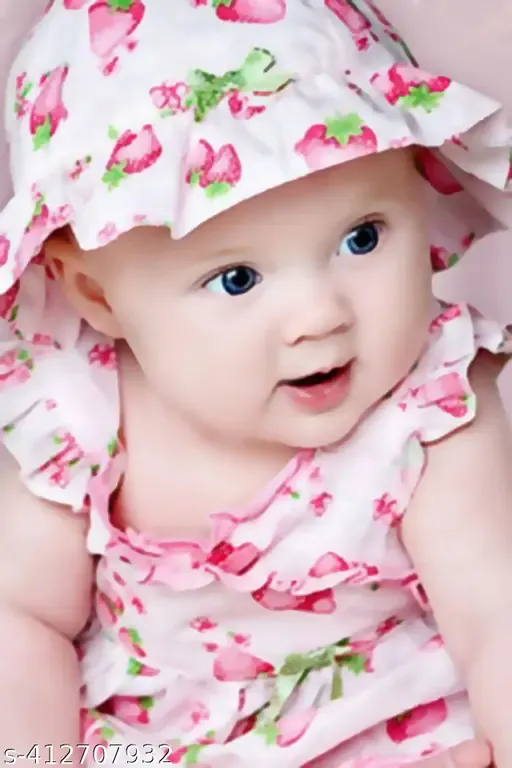Growing up, safety measures like bike helmets, sunscreen, and seat belts weren’t really a priority for us. Kids often rode in the front seat, and it all seems unthinkable now, especially with our understanding of the risks of concussions and skin damage from sun exposure. Our parents just weren’t aware of these dangers, which left us unprotected.
Today’s parents are likely making similar oversights, and I can’t help but think our children will look back and question why we didn’t shield them from certain hazards. One area we do have the ability to act on right away is protecting our kids’ hearing with the use of earplugs.
We live in an increasingly loud world; whether it’s a rock concert, a sports event, or even dining out, the noise levels can be dangerously high and lead to irreversible hearing loss. Sadly, there is no cure for this condition as of now, despite ongoing research by organizations like the Hearing Health Foundation. Thankfully, protective measures like earplugs and earmuffs are easily accessible.
This is a pressing issue, particularly as statistics show a rising trend of hearing loss among teenagers. A 2010 study published in The Journal of the American Medical Association reported that one in five teens experienced some level of hearing loss in 2005 and 2006, a significant increase from one in seven during the 1988 to 1994 period. The prevalence has likely grown even more today, with earbuds and exposure to loud environments like concerts and school dances contributing to the risk.
Just last year, I attended a talent show at my kids’ elementary school that registered a staggering 90 decibels! Shockingly, none of the children, including my own, wore hearing protection. I had underestimated the volume, but I won’t make that error again. The school didn’t think to lower the sound or provide ear protection—it simply wasn’t on their radar, unlike the strict regulations surrounding bike helmets during school outings.
Following that experience, I made sure to pack earplugs for my children at summer camp. And thank goodness I did! They attended a concert at camp that was incredibly loud. They wore earplugs and even shared some with friends, while the camp didn’t offer any. It seems the camp director hadn’t considered the need for hearing protection, even though counselors are diligent about ensuring kids wear sunscreen during outdoor activities.
My children see my struggle with hearing loss daily, making them acutely aware of the importance of protecting their own hearing. But I worry that most parents and kids are not as informed. So, whose responsibility is it to raise awareness about this crucial topic? Several nonprofit organizations are working towards this goal, but their efforts require time and funding. Those of us who understand the serious consequences of hearing loss should take it upon ourselves to spread the word about noise-induced hearing loss. We can educate parents and children about how to safeguard their hearing. Writing to local schools and camps can help ensure earplugs become as commonplace as bike helmets.
When it comes to noise levels, a good rule of thumb is that prolonged exposure to sounds at or above 85 decibels—like heavy city traffic—can lead to gradual hearing loss. Listening to MP3 players at maximum volume (around 105 decibels) can cause damage within just 15 minutes. At rock concerts or loud sporting events (around 110 decibels), exposure for just one minute can result in harm. For more information on noise levels and their impact, check out this insightful graphic from the Hearing Health Foundation.
In summary, as we confront the challenges of raising children in a noisy environment, it’s vital to prioritize hearing protection just like we do with other safety measures. Whether it’s packing earplugs for events or advocating for their use in schools and camps, we can help ensure that earplugs become the safety gear of this generation.
For more on parenting and safety tips, you might find this post on Modern Family Blog interesting. And if you’re interested in home insemination options, CryoBaby offers reliable at-home insemination syringe kits. Additionally, for anyone looking for helpful resources on pregnancy and home insemination, UCSF’s fertility insurance FAQs provide excellent information.

Leave a Reply